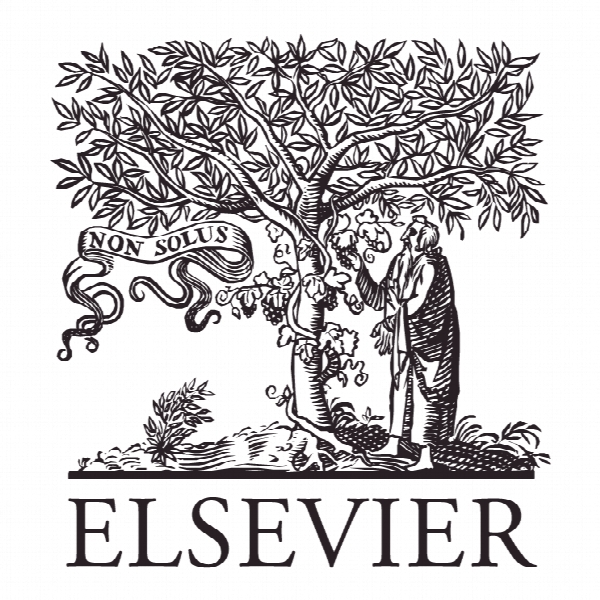چارچوب انتخاب شیوه های ناب در توسعه محصول پایدار: مطالعه موردی یک صنایع کشاورزی برزیل A framework for selecting lean practices in sustainable product development: The case study of a Brazilian agroindustry
- نوع فایل : کتاب
- زبان : انگلیسی
- ناشر : Elsevier
- چاپ و سال / کشور: 2018
توضیحات
رشته های مرتبط مدیریت
گرایش های مرتبط مدیریت صنعتی
مجله تولید پاک – Journal of Cleaner Production
دانشگاه Federal University of Rio Grande do Sul – Brazil
منتشر شده در نشریه الزویر
کلمات کلیدی انگلیسی New Product Development; Lean Product Development; Lean Practices; Sustainable Product; Agro-industrial
گرایش های مرتبط مدیریت صنعتی
مجله تولید پاک – Journal of Cleaner Production
دانشگاه Federal University of Rio Grande do Sul – Brazil
منتشر شده در نشریه الزویر
کلمات کلیدی انگلیسی New Product Development; Lean Product Development; Lean Practices; Sustainable Product; Agro-industrial
Description
1. Introduction The success of organizations depends on the number of successful products they insert in the market (Hu et al., 2017). Seeking competitiveness, many companies have adopted innovation strategies focusing on innovative, highly qualified activities with great value (Marcon et al., 2017; Zhang et al., 2017). Product development (PD) is among these activities which provides products with resources, functions and technologies that contribute to satisfy customers’ needs (Dobrotă and Dobrotă, 2018; Fraccascia et al., 2018). In this context, because they are characterized by pushed production, agricultural industries present innovation difficulties due to their products being derived from agriculture and livestock (Nagaratnam et al., 2016). These companies suffer a growing range of corporate pressures that directly impact their manufacturing operations (Bolaji et al., 2018). The focus on value and waste elimination during the production processes proposed by the Lean Manufacturing principles is broadly known (Ward, 2007; Verrier et al., 2016; KurilovaPalisaitiene et al., 2018). Fercoq et al. (2016) stated that Lean implementation is a natural process in the evolution of companies’ maturity level since it aggregates benefits and eliminates wastes. However, Morgan and Liker (2006) reported that the Lean approach can be amplified beyond the focus on the improvement of processes and manufacturing operations by applying Lean principles, in areas such as Lean Innovation (Hoppmann et al., 2011; Welo et al., 2012), Lean Startup (Bajwa et al., 2016; Baldassare et al., 2017) and Lean Product Development (Gudem et al., 2014; Welo and Ringen, 2015).Lean approach supporters have already emphasized the use of the methodology in distinct organizations, however companies still struggle to adapt the principles which were initially designed for manufacturing organizations to different contexts and objectives (Alhuraish et al., 2017). In this context, it is relevant to highlight the application of Lean in the New Product Development (NPD) as a new level of improvement in companies’ process management which was named Lean Product Development (LPD). The main LPD topics approached by the authors identified in the literature were: wastes in PD processes (Nepal et al., 2011; Lidlöf et al., 2013), tools and techniques for LPD (Letens et al., 2011; Hoppmann et al., 2011; Tyagi et al., 2015) and LPD barriers (León and Farris, 2011). In prior literature, few works have provided a more systemic approach by indicating Lean tools and practices in the NPD. The application of tools and practices is a way of implementing Lean principles and practices in the NPD. Such fact is supported by several authors (Haque and James-Moore, 2004; Cooper and Edgett, 2008; Letens et al., 2011). Thus, this study proposes a framework with tools and practices to be implemented throughout the LPD. Also, this study offers a customizable guide to the framework’s application in different project typologies. The main contributions of this study are two-folded, namely: (i) to provide a guide to enable teams to select LPD practices for specific cases; and, (ii) the empirical application of the proposed framework in a real LPD case to provide evidence of its robustness and applicability in real settings.


